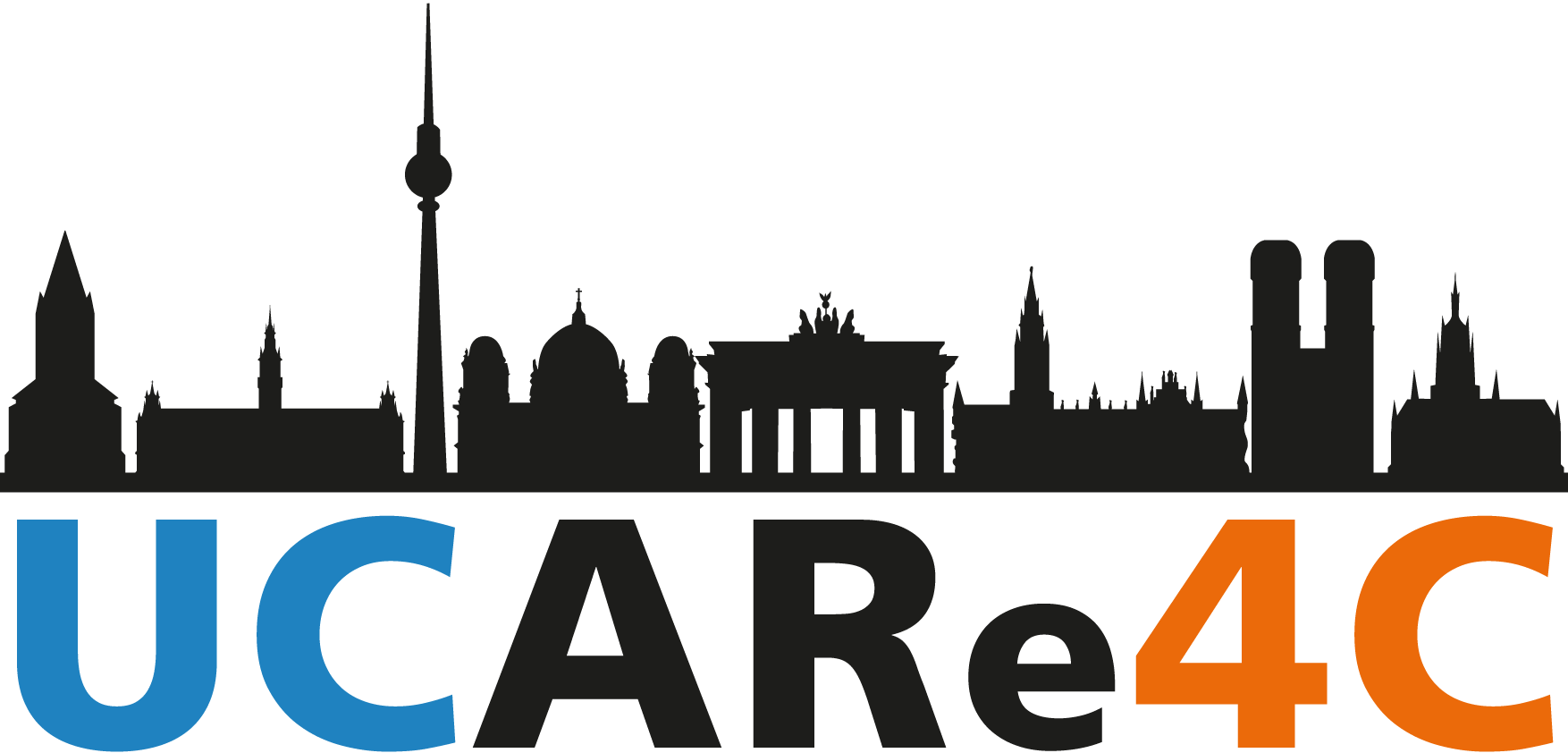“Simulating tomorrow's urban climate in the holodeck”
As digitization advances, new opportunities are opening up for urban planners and municipal stakeholders to visualize planning projects realistically and to discuss planning alternatives together with citizens based on a model. Digital 3D models allow building projects to be visualized from any perspective and in varying levels of detail. One advantage of this method is that structural alternatives can be developed and analyzed more quickly. Ideally, the computer model provides the means to immediately identify and evaluate the impact of planning decisions on people and the environment. New types of communication media that use augmented reality are also expected to facilitate participatory decision-making processes for urban construction projects in the future. Although a whole range of technologies, from smartphones to data glasses, are already in use today to display 3D planning data, the greatest challenge is to extract the desired information from the abundance of available data and to present results in a user-friendly manner.

